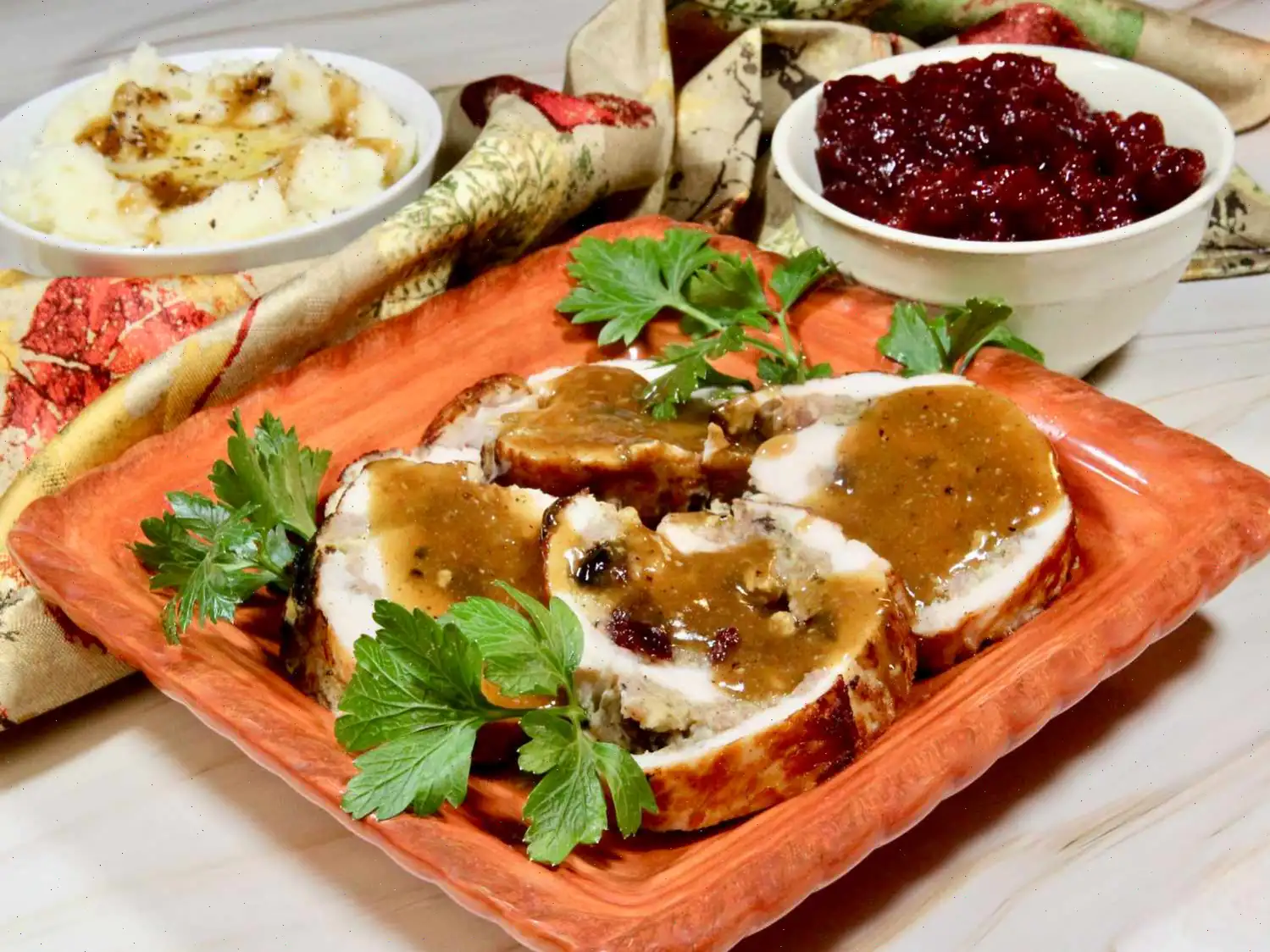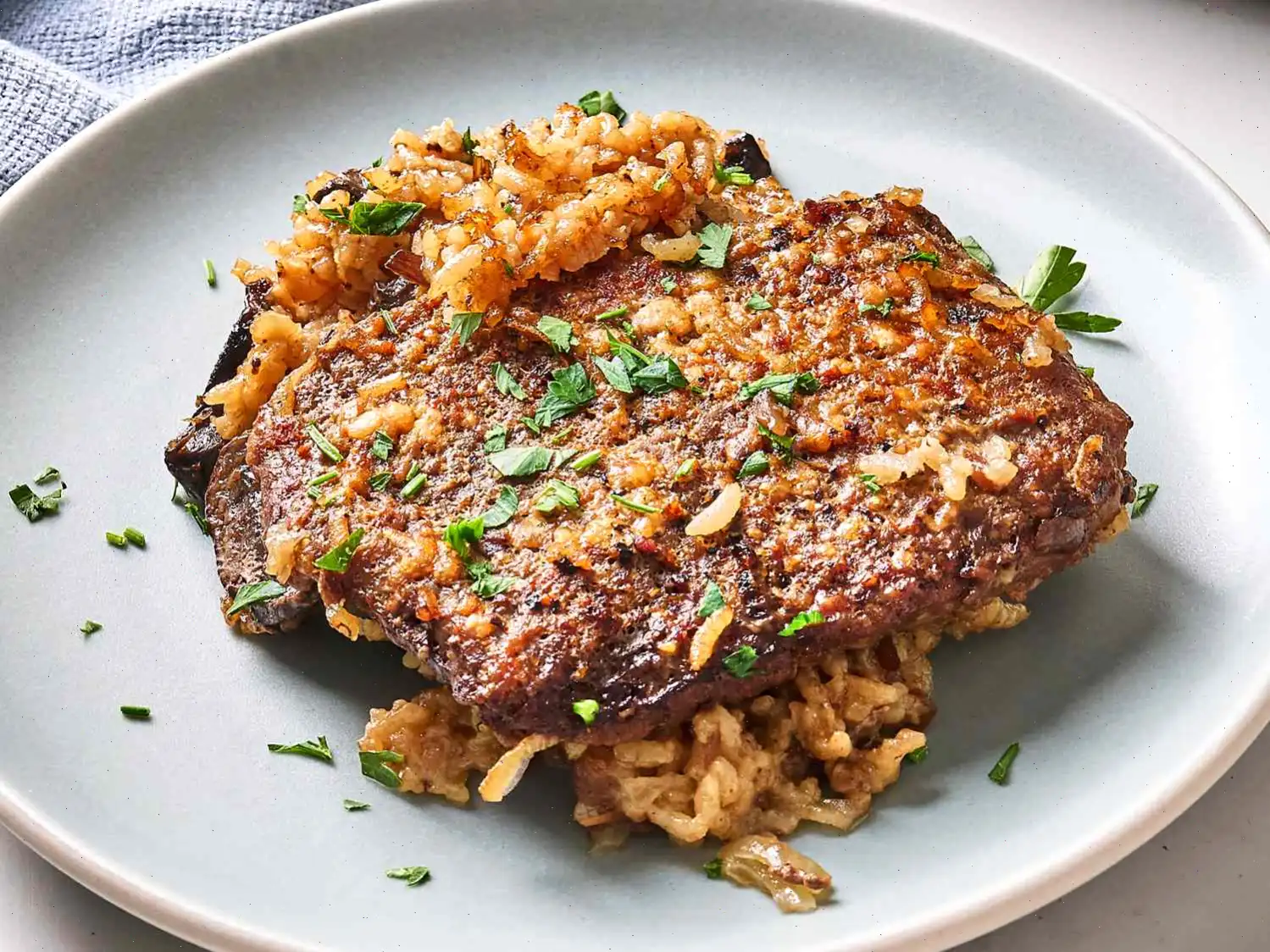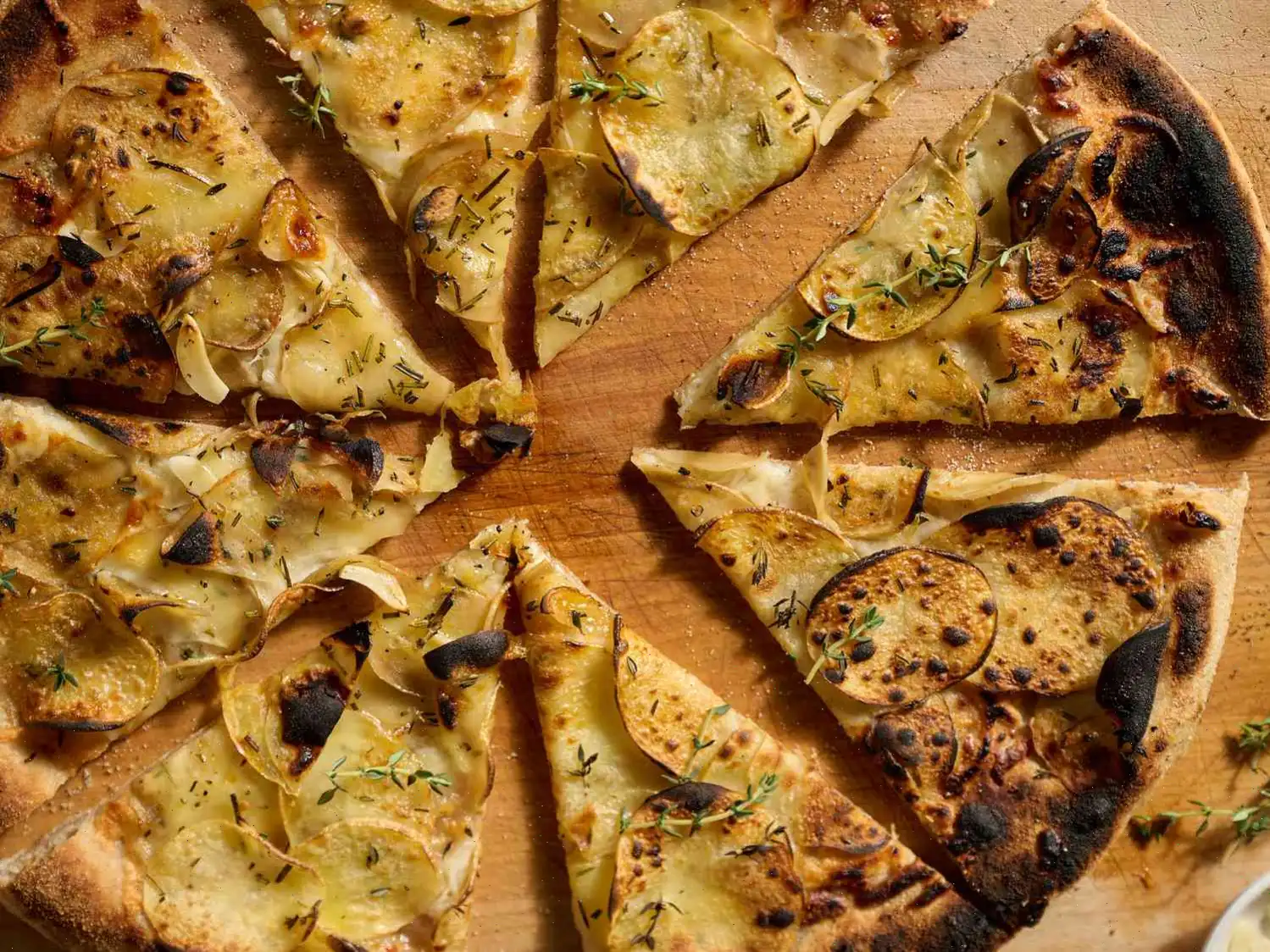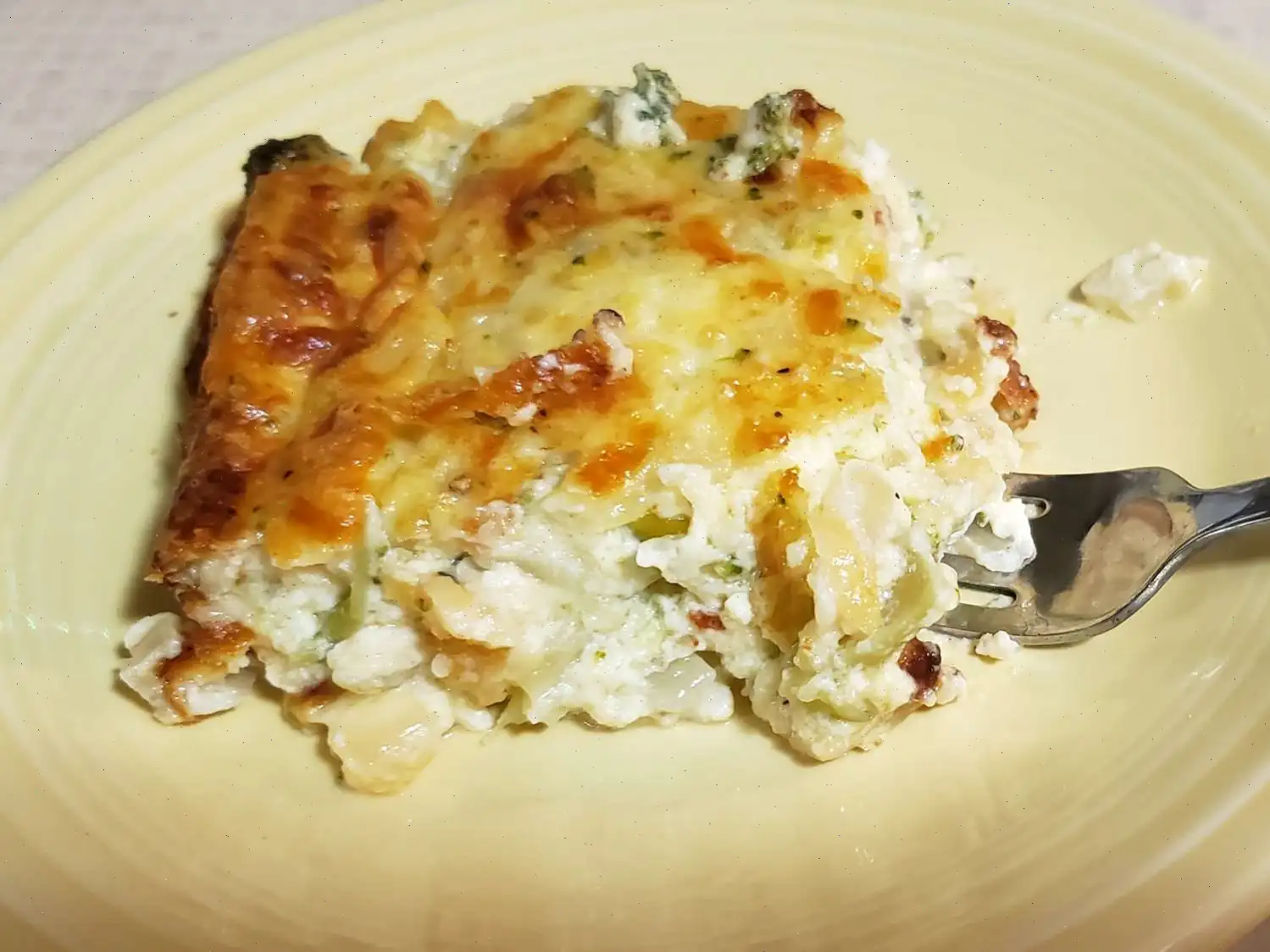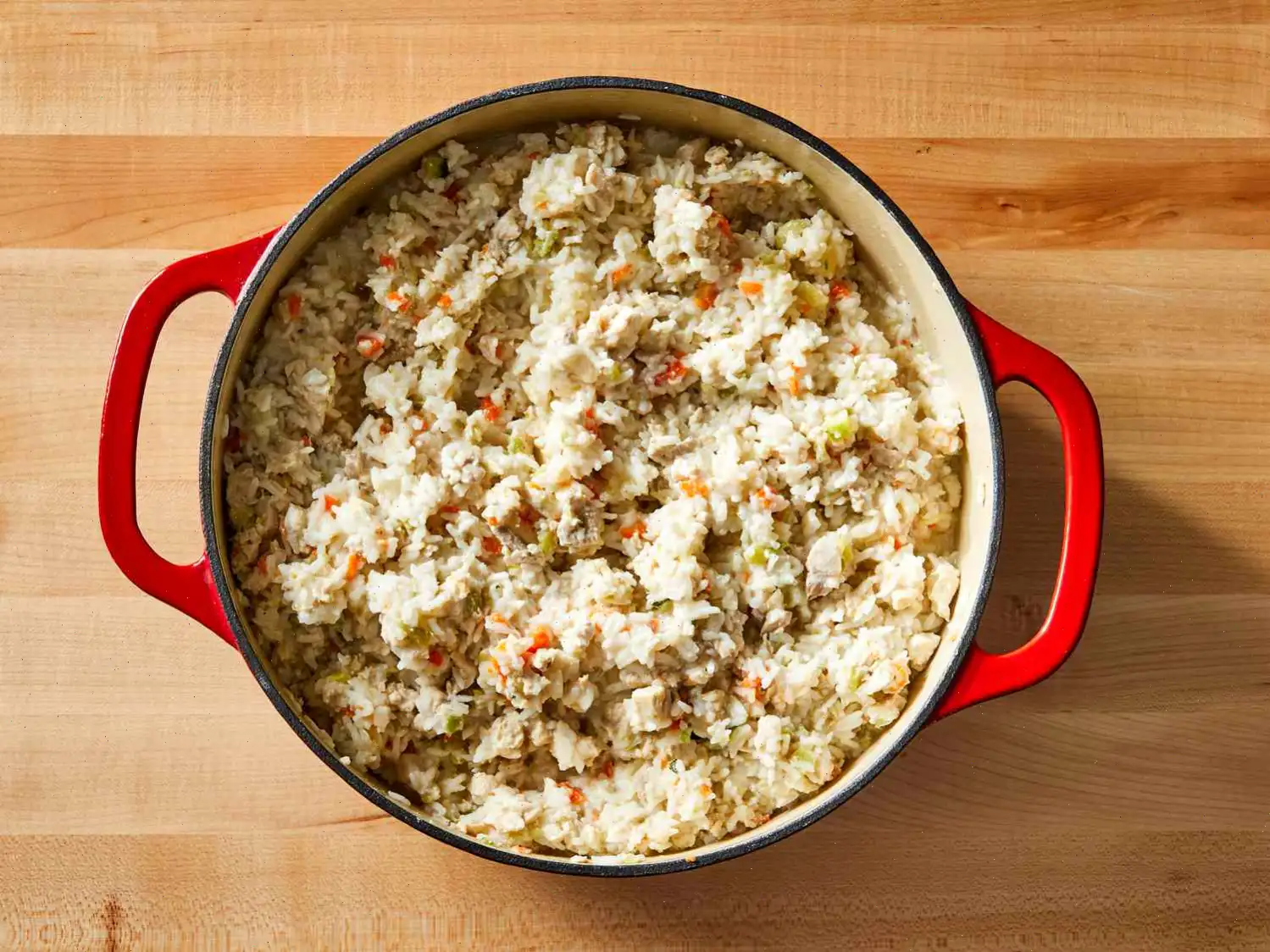
Turkey Roulade Recipe
Ingredients
- 1 tablespoon unsalted butter
- 1 onion, diced
- 2 cloves garlic, minced
- 8 ounces pork sausage (such as Jimmy Dean)
- 1 cup fresh bread crumbs (2 slices bread, torn)
- 2 tablespoons dried cranberries (such as Craisins)
- 1 tablespoon chopped fresh parsley
- 1/2 teaspoon dried thyme
- 1/2 teaspoon dried sage
- Salt and freshly ground black pepper to taste
- 1 large egg, lightly beaten
- 1 (24 ounce) package turkey breast tenderloins (such as Jennie-O)
- 1 teaspoon olive oil
- 1/4 cup dry white wine
- 1 1/4 cups chicken stock or broth, divided
- 1 tablespoon cornstarch
- 1 teaspoon Dijon mustard
Directions
Step 1: Preheat the oven to 350F (180C).
Step 2: For the stuffing, melt butter in a skillet over medium heat. Add onions and garlic, sauting until softened, about 3 to 4 minutes. Add the sausage, breaking it apart as it cooks. Stir occasionally until browned, about 4 to 5 minutes. Drain the excess fat.
Step 3: Stir in the bread crumbs, cranberries, parsley, thyme, sage, egg, salt, and pepper. Mix everything thoroughly to combine, then set aside.
Step 4: Place the turkey tenderloins on a cutting board. Butterfly each one by slicing lengthwise almost all the way through, but not completely, to open them up like a book. Cover with 2 sheets of plastic wrap, and gently flatten using a meat mallet to about 1/3 inch thick. Season both sides with salt and pepper.
Step 5: Lay the two tenderloins side by side, overlapping slightly. Tap the edges with the meat mallet to seal them together. Spread the stuffing mixture evenly over the surface, leaving a small border around the edges.
Step 6: Carefully roll the tenderloin up, jelly-roll style. Tie the roulade with 4 to 5 pieces of kitchen string to hold its shape. If you're not cooking immediately, cover the roulade and refrigerate it until ready to cook.
Step 7: Heat butter and olive oil in an ovenproof roasting pan over medium heat. Add the turkey roulade and brown on all sides, about 8 to 10 minutes.
Step 8: Pour the white wine and 1 cup of chicken stock over the turkey. Cover the pan with a lid or foil. Transfer to the preheated oven and bake for 35 to 45 minutes, basting occasionally, until the internal temperature reaches 160F (71C).
Step 9: Once cooked, remove the roulade from the pan and tent with aluminum foil. Let it rest for 10 to 15 minutes.
Step 10: In the meantime, whisk the remaining 1/4 cup of chicken stock with the cornstarch and Dijon mustard. Stir this mixture into the pan juices and simmer over medium heat for 3 to 4 minutes until the gravy thickens.
Step 11: Remove the strings from the roulade and slice it into 1/2-inch thick pieces. Arrange the slices on a serving platter, drizzle with the gravy, and serve.
Cook's Note
This dish takes a little effort upfront but will give you more time to enjoy with your guests. The turkey is simple to prepare, allowing you to focus on side dishes while the oven does most of the work.
Nutrition Facts (per serving)
- Calories: 404
- Total Fat: 25g (33% DV)
- Saturated Fat: 10g (48% DV)
- Cholesterol: 130mg (43% DV)
- Sodium: 854mg (37% DV)
- Total Carbohydrates: 19g (7% DV)
- Dietary Fiber: 1g (4% DV)
- Total Sugars: 7g
- Protein: 22g (44% DV)
- Vitamin C: 3mg (4% DV)
- Calcium: 53mg (4% DV)
- Iron: 2mg (12% DV)
- Potassium: 430mg (9% DV)
Note: Nutritional values are based on a 2,000-calorie daily diet. Your daily values may be higher or lower depending on your calorie needs.
The History and Origin of Turkey Roulade
Turkey roulade has its roots in European culinary traditions, where rolling meat around a flavorful stuffing became a way to create an elegant and visually appealing centerpiece for festive meals. The technique of making roulades spread to North America through French and Italian immigrants, evolving into a distinctly American dish. Using turkey as the primary protein gained popularity in the United States, especially during the 20th century, as turkey became a staple for holiday gatherings like Thanksgiving and Christmas. The roulade format allowed cooks to serve a smaller, more manageable portion while maintaining a sophisticated presentation.
Regional Variations and Characteristics
In the United States, turkey roulade often reflects local tastes and available ingredients. In the Midwest, for example, it may feature a hearty bread-based stuffing with dried fruits like cranberries, while Southern versions might incorporate cornbread, pecans, or sausage for a richer flavor. The Northeastern states often add fresh herbs such as sage, thyme, and parsley to enhance the aromatic profile. Coastal regions may even include seafood or citrus-infused fillings for a modern twist. Each region adapts the roulade to highlight local produce, meats, and culinary heritage.
How Turkey Roulade Differs from Similar Dishes
Unlike a traditional roasted turkey, which is often large and requires long cooking times, a turkey roulade is made from boneless tenderloins, rolled with a stuffing inside and tied to hold its shape. This results in a more uniform cooking process and a tender, evenly cooked meat. Compared to other stuffed meats such as beef or pork roulades, turkey roulade is lighter and tends to pair well with fruit-based or wine-infused sauces. The roulade's cylindrical shape and the visual appeal of sliced layers of meat and stuffing also set it apart from standard roasted poultry.
Typical Serving Occasions
Turkey roulade is frequently served at holiday dinners, formal gatherings, or intimate family meals where presentation and flavor are equally important. It is often accompanied by seasonal sides such as roasted vegetables, mashed potatoes, cranberry sauce, or gravy. Because it can be prepared in advance and baked later, it is particularly convenient for hosts who want to focus on entertaining rather than spending extended time in the kitchen.
Interesting Facts About Turkey Roulade
- The word roulade comes from the French verb rouler, meaning to roll, reflecting the rolling technique central to the dish.
- Turkey roulades can be frozen after rolling, making them ideal for meal prep or for planning large holiday feasts ahead of time.
- The combination of savory sausage and sweet dried cranberries in the stuffing is a classic example of contrasting flavors used to enhance the overall taste experience.
- Because of its manageable size, turkey roulade is popular in households where a full turkey would be too large to cook or serve.
- Chefs often use a meat thermometer to ensure perfect doneness, avoiding overcooked turkey, which is a common issue with traditional roasting methods.


